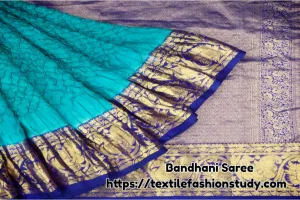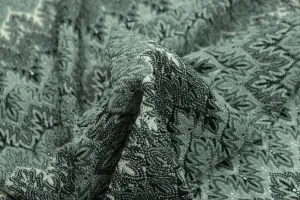Table of Contents
Direct Dyes
Direct dyes are sodium salts of sulphonic acid and most of them contain an azo group as the main chromophore. Additionally, direct dye dyeing is carried out in alkaline conditions. This dyeing process is done at at low temperatures. After absorbing dyes it tends to bleed the dyes, which produces an uneven shade. To resist these different types of dyes after treatment is done.

Uses of Direct Dyes
Direct dyes are anionic dyes substantive to cellulosic fibers when applied from an aqueous bath containing electrolytes. Many of them also dye protein fibers. Direct dyes are very easy to apply and are available on the market. Direct dyes are used in different industries. The following are the common industries where direct dyes are used:. They are-
Textiles Dyeing: Different types of household textile items such as curtains, bedsheets, and towels are dyed by direct dyes.
Apparel and Fashion Industry: Direct dyes are widely used in the apparel manufacturing and fashion industries to dye various clothing material such as of dresses, shirts, and other outfits. Moreover, it also used to produce different design and style on handbags, ties, and other wearable accessories.
Leather and Paper Industry: Leather and paper industries are another common application field of direct dyes. This dye is uses to provide diverse colors to different types of paper. It is widely used to dyeing lecture goods such as shoes, handbags, and belts.
Properties of Direct Dyes
Direct dyes have some characteristics. The following are the main characteristics of direct dyes. They are-
- Firstly, direct dyes are water soluble dyes.
- Secondly, it is anionic in nature.
- Thirdly, it needs electrolyte for exhaustion.
- The dyeing process is carried out simultaneously in an alkaline condition.
- Generally applied for cellulosic as well as protein fibers.
- Therefore, fastness properties are average specially wet fastness.
- Fastness properties are also improved by after treatment.
- In fact, it is not widely used as compared with reactive dyes.
- Comparatively cheap in price.
- Lastly, direct dyes are used for cheap goods for local market.
It is not suitable to dye cellulosic fiber with direct dyes; for this reason, in most cases, reactive dyes, basic dyes, and azoic colors are used. The use of direct dyes is very limited.
So, choose your direct dyes according to your requirements.






4 comments
Nur
Why direct dye substantive to cellulosic fiber??
golam mostofa
direct dye used for cotton kint fabric .but we need fabric saining how is posible.
joshua nalundasan
How to make these direct dyes? What are the parameters to be measured? What oils can serve as the base of these dyes?
spchemtech1
Direct Dyes that belong to hot water dyes are used on cellulose fibres like cotton. The other type of mixture that forms acid dye is the one which is mixed in ‘all purpose dyes’ like Tintex Hot Water dye, Rit, Dylon multipurpose dye. However, these mixtures of acid dye do not stay longer on cellulose fibre.